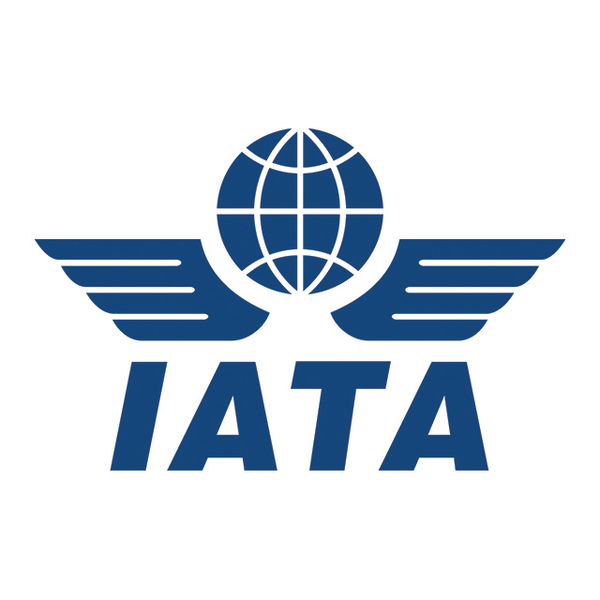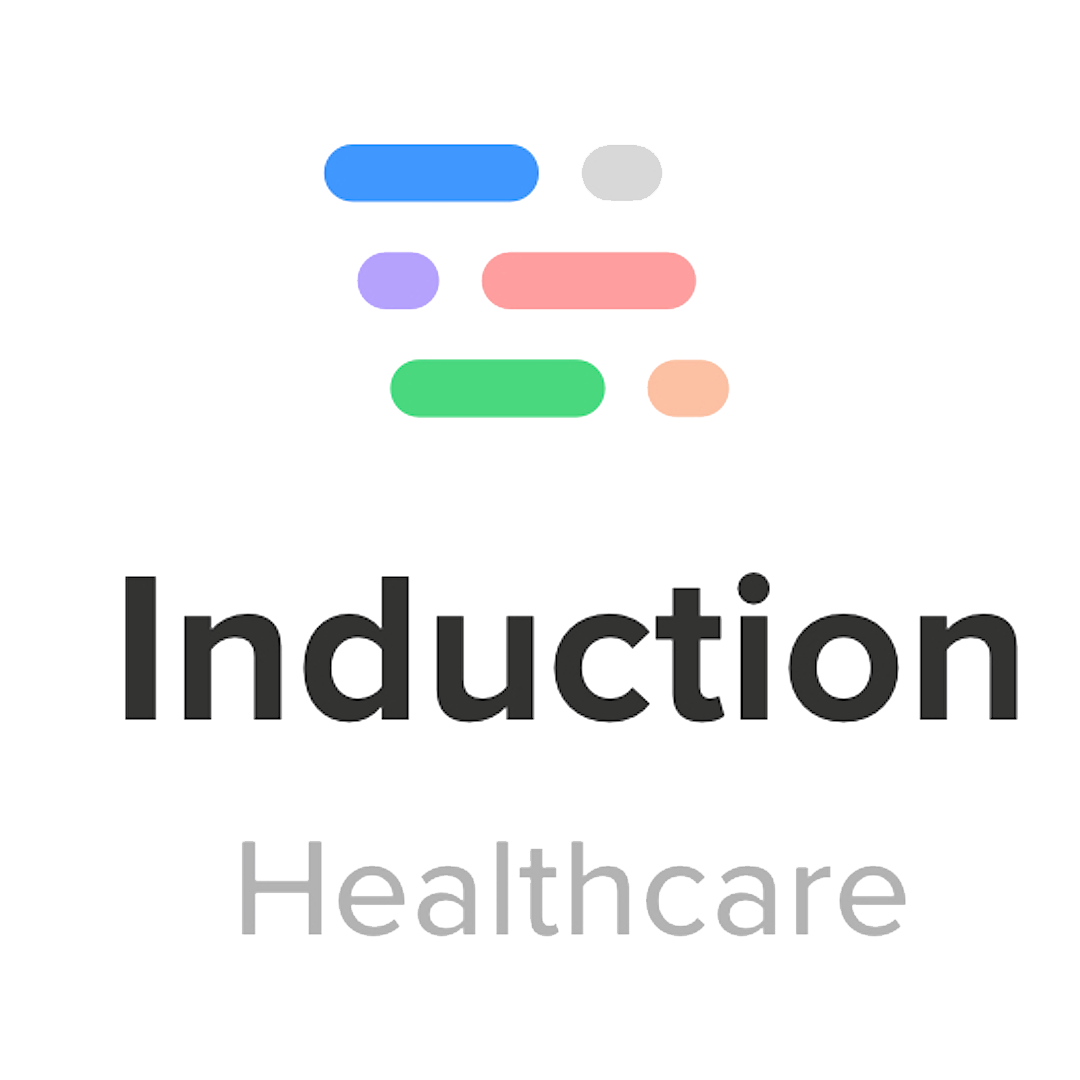Build a Proof of Concept with Releaseworks®
What is a Proof of Concept?
Building the business case for a new cloud or DevOps initiative can be challenging. Our recommendation is to build a Proof of Concept (PoC): the first tangible, technical implementation of a tool, product, or a service that validates the feasibility of your chosen approach.
Choose the Releaseworks® Proof of Concept package when you want to get started with your project and demonstrate the benefits to your stakeholders quickly.
Common use cases for a Releaseworks® Proof of Concept are new cloud platforms, monitoring or observability tools, CI/CD pipelines, cloud products, or operability tools.
What you get:
A team consisting of a Lead Cloud Engineer and a Cloud Engineer embedded into your team as per The Releaseworks® Way
Sprint planning session to define the scope of the PoC
One sprint — 10 days — of engineering time
Demo session to celebrate the achievements of your new PoC
A clear plan, roadmap and itemised backlog of next steps
The cost of a Proof of Concept is fixed at £7,500 + VAT.
Ready to buy? Skip the sales call and click here:








Starting Your Journey with a Proof of Concept
Migrating to the cloud is not just about moving your existing infrastructure; it's about transforming the way you operate. But embarking on this journey can be daunting. That's where a Proof of Concept (PoC) comes into play - a small-scale experiment or pilot project. Think of it as a "trial run" for your cloud journey that allows you to test the feasibility and viability of your cloud migration and refactoring initiatives.
Why You Need a Cloud PoC
-

Assess Your Needs
Before diving headfirst into cloud migration, it's essential to understand your organisation's unique requirements. A PoC helps you identify the specific challenges and opportunities that the cloud can address. By doing so, you can tailor your migration strategy to align with your business objectives.
-

Risk Mitigation
Cloud migration involves inherent risks, such as data security, compliance, and operational disruptions. A PoC allows you to uncover potential issues in a controlled environment. This early discovery enables you to develop mitigation strategies and avoid costly pitfalls during full-scale migration.
-

Cost Analysis
One of the top considerations when migrating to the cloud is cost. A PoC helps you estimate the expenses associated with cloud adoption accurately. By examining resource usage, performance metrics, and pricing models, you can make informed decisions about the most cost-effective cloud solutions for your organisation.
-

Technical Feasibility
Not all applications or workloads are suitable for the cloud. A PoC allows you to test the compatibility of your existing systems with cloud environments. This assessment ensures that you can smoothly transition critical assets to the cloud while identifying areas that may require refactoring or redevelopment.
-

Stakeholder Buy-In
Cloud migration impacts various departments and stakeholders within your organisation. A successful PoC demonstrates the benefits of the cloud to key decision-makers and helps gain their support and alignment with the broader migration strategy.
-

Learning Experience
A PoC is a valuable learning experience for your team. It provides hands-on experience with cloud technologies and fosters a culture of innovation and experimentation.
1. Define Objectives
Clearly define the goals and objectives of your cloud PoC. What do you want to achieve? What are the key performance indicators (KPIs) you will measure?
2. Select Workloads
Choose a representative set of workloads or applications to migrate during the PoC. These should include a mix of critical and non-critical systems to provide a comprehensive assessment.
3. Choose Cloud Services
Decide which cloud services and providers you will evaluate. Consider factors like scalability, security, and compatibility with your workloads.
4. Design the PoC Environment
Develop a test environment that closely mirrors your production setup. The closer the resemblance, the more realistic and meaningful the results will be, giving you a more accurate glimpse of how your systems will perform in the cloud.
5. Execute and Monitor
It's time to put your plan into action. Migrate the selected workloads to the cloud environment and maintain a vigilant eye on their performance, costs, and security. This step is crucial in understanding how well your systems adapt to the cloud infrastructure.
6. Evaluate and Learn
After the PoC, conduct a thorough evaluation. Did you achieve your objectives? What did you learn? Use these insights to refine your cloud migration strategy.
Evaluate PoC Outcomes Using Key Metrics
-
Performance Metrics
These include user experience scores, page load times, and server response times. Tools like Google's Core Web Vitals provide deep insights into how well applications meet user expectations in a cloud environment, which is crucial for customer-facing applications.
-
Business Metrics
These focus on the financial and operational impacts of the PoC. Metrics like operational cost savings and return on investment (ROI) are vital for evaluating the economic feasibility of the cloud migration. They help quantify the cost benefits and identify potential revenue enhancements from cloud capabilities.
-
Resilience Metrics
Metrics such as failover success rate, Recovery Time Objectives (RTO), and Recovery Point Objectives (RPO) assess the reliability of the cloud infrastructure. They ensure that the cloud setup can maintain critical operations under various failure scenarios, which is essential for systems requiring high availability.
Strategic Decision-Making Based on PoC Insights
The insights gathered from these metrics inform whether to proceed with a full-scale migration. If the metrics confirm that cloud solutions can meet or exceed the existing benchmarks while providing strategic advantages, the decision to migrate fully is validated. This decision-making process involves weighing the benefits against potential risks and considering the broader business impact.
Planning for a Full-Scale Migration
-
Resource Allocation
Determine the human, technological, and financial resources needed for migration.
-
Risk Management
Identify potential risks (e.g., data loss, security breaches) and developing mitigation strategies.
-
Roadmap Development
Create a detailed migration timeline that minimises disruption to ongoing operations, possibly involving phased or staggered rollouts.
Continuous Improvement and Cultural Integration
Post-migration is not the end of the journey. Continuous improvement through feedback loops and performance analytics is essential to refine and enhance the cloud environment. This ongoing process helps businesses adapt to changing needs and emerging technologies.
Overcoming Cultural Resistance
Cultural resistance to new technologies can undermine cloud initiatives. Addressing this challenge requires:
Education and Engagement: Continuous education programs and stakeholder engagement sessions to illustrate the benefits and strategic importance of cloud technologies.
Celebrating Wins: Publicly acknowledging and celebrating successes to demonstrate the tangible benefits of the cloud migration.
Transform Your Vision into Reality with Releaseworks®
Don’t let uncertainty hold you back. With our Cloud Proof of Concept package, you’ll have expert engineers, a defined roadmap, and actionable insights at your fingertips. Backed by our expert help, you’ll be able to prove the benefits of your initiative to even the most hesitant stakeholders. Invest in success with a risk-free PoC and lead your project to victory.
Ready to See the Impact?









